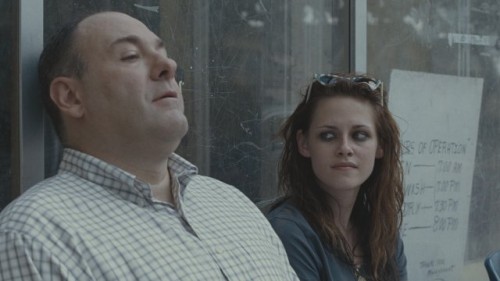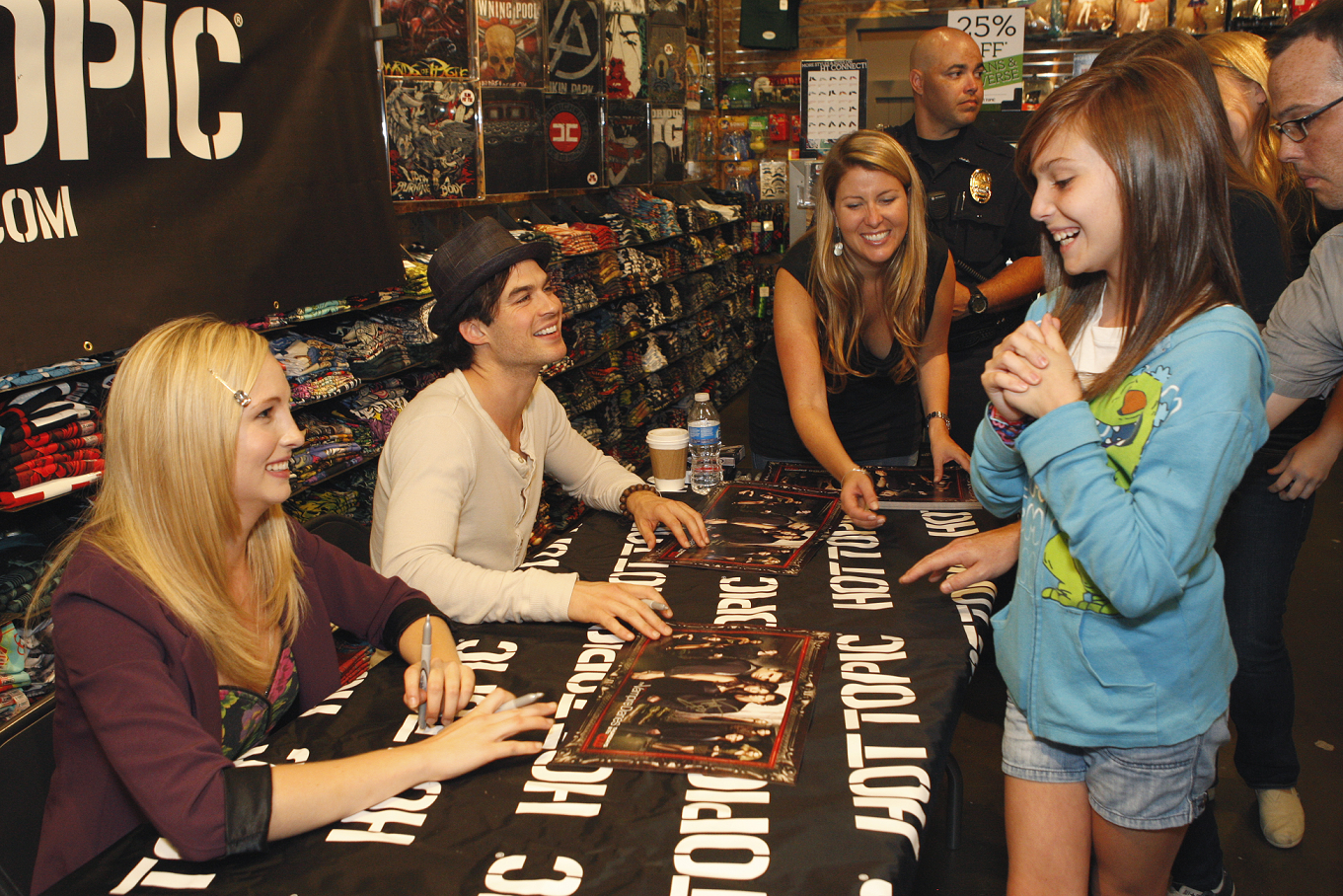This guest post by Nicole Elwell appears as part of our theme week on Representations of Sex Workers.
It’s no secret that Hollywood has issues with accurate representations of the daily life it tries to capture. Society is a film’s subject and audience, but that fact doesn’t always guarantee accuracy. It’s also no secret that certain aspects of society are captured more often and more thoroughly than others, creating a majority that’s up on screen and a minority that shakes their heads from their theater seats. Representation isn’t just about numbers and how often one gets screen time, but it also concerns the details of that screen time. In the case of representation of women in Hollywood, it’s not always the quantity but rather the quality. A film could have numerous female characters on screen and still create a qualitative representation issue.
This ties in with how Hollywood often portrays female sex workers. They exceed in quantity and fail in quality. Despite my lack of knowledge for all Hollywood films that depict sex workers and of actual experiences of a sex worker in modern American society, it’s easy to question and criticize the repetitive formula most sex workers are expected to exist under: be untrustworthy, manipulative, grotesque, or perhaps–worst of all–simply nothing. Most sex workers are written to be as impactful to the story as an out-of-focus desk lamp. They may appear for a single moment, create obstacles for the protagonist, or function as décor or pure entertainment for other characters. If they do serve a greater purpose to the story, it’s usually to flesh out the protagonist or motivate them in some way. With these limits as to what a sex worker can be in Hollywood, one can wonder if this serves as a subtle way of telling society this is how we should view sex workers in general. After all, society is a film’s subject and audience.
The independent film industry is often seen as the antithesis of Hollywood: with no major studios to answer to, the ever-present concern of profit is not always the motivation behind a film’s production. But does the indie genre really use its freedom to break barriers and create a more accurate picture of otherwise inaccurate and potentially damaging stereotypes? Well, yes and no. The independent industry is far from a haven of precise and meaningful stories, but considering that how good an indie film is will usually determine how many people see it, most truly terrible indie films stay buried. Much like Hollywood, the indie genre’s relationship with sex workers is hit or miss. With a far greater number of hits, the indie genre at times feels like the best hope for better representation of sex workers in film.
The film Welcome to the Rileys follows Doug Riley, a man distraught with martial problems and grief over the death of his daughter eight years ago. On a business trip to New Orleans, Doug befriends a prostitute named Mallory and finds new meaning in his life and a surrogate daughter through his growing friendship with her.

Doug’s wife eventually comes to New Orleans and sees the same opportunities in Mallory, so they all begin to live together. Despite the Rileys’ offers to help Mallory leave her life of prostitution, she repeatedly refuses and, fed up with the lack of acceptance, runs away only to be arrested and bailed out by Doug. The two have a confrontation, and Mallory asserts that she’s “not somebody’s little girl. It’s too late for that.” Doug comes to accept this and heads back home with his wife. This film could have easily been yet another example of how sex workers are catalysts for a male protagonist’s development, and for a large part of the movie that is the case. With Mallory’s refusal to submit to this cliché, the film becomes a hit rather than a miss because it dismisses the same formula that it used for the majority of the movie, while also giving Mallory her own character and declaring that prostitution is not something all women are looking to be saved from.
The film Starlet (available to stream on Netflix) follows the unique and charmingly awkward friendship between 21-year-old Jane and 85-year-old Sadie. After crossing paths with Sadie at a garage sale, Jane becomes increasingly interested in Sadie’s life, mostly to escape the constant drugs and apathy that fills her own. The majority of the film focuses on forming their bond while also exemplifying a generation gap that makes the friendship both refreshing and difficult.

About 50 minutes into the film, the suspicious daily lives of Jane and her friends are brought to life: they are all a part of the porn industry. What Starlet does right is holding off the fact that Jane does porn. Rather, the film makes sure the audience understands that above all else, Jane is a person and shouldn’t be defined by her job. The film establishes raw character before anything else, which serves to not only dismiss multiple stereotypes associated with sex workers in film, but also establish the notion that sex workers are not defined by their professions. The film doesn’t judge or punish Jane, and in its execution encourages its audience to the same. Starlet is an innovative rejection of society’s obsession with careers by asserting that profession doesn’t trump character.
Welcome to the Rileys and Starlet are not flawless examples of how to depict sex workers in film, but they are a step in the right direction. With Hollywood’s repetitive use of sex workers as one-dimensional cardboard cut-outs with a single purpose, the indie genre often gives sex workers, both supporting characters and protagonists, expressed thoughts and feelings, making them fleshed out and human. With the ever-changing and diverse nature of humans, it’s virtually impossible to ever capture a perfect and flawless representation of any type of person, but Hollywood could learn a thing or two about representation from the independent film industry.
Nicole Elwell is a sophomore at the University of Baltimore, majoring in Psychology and minoring in Pop Culture. She hopes to bring psychology and feminism into a future career in writing for the movies.





